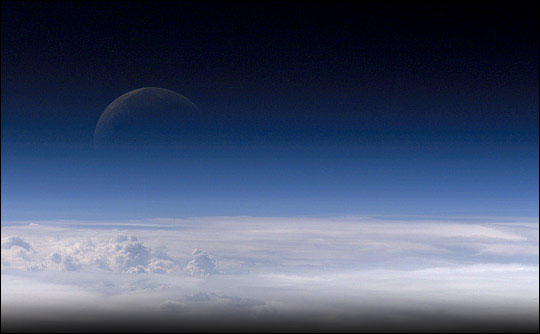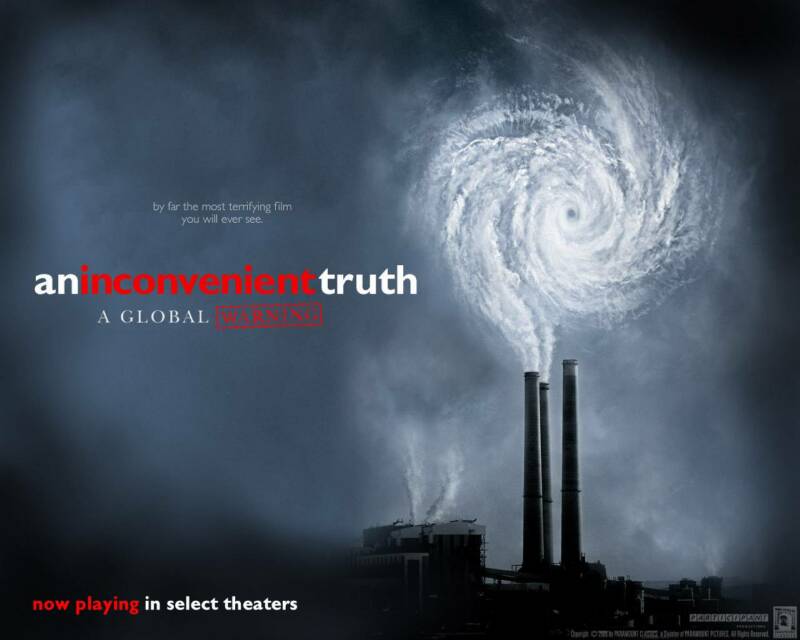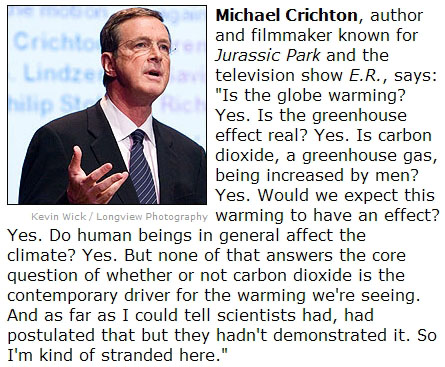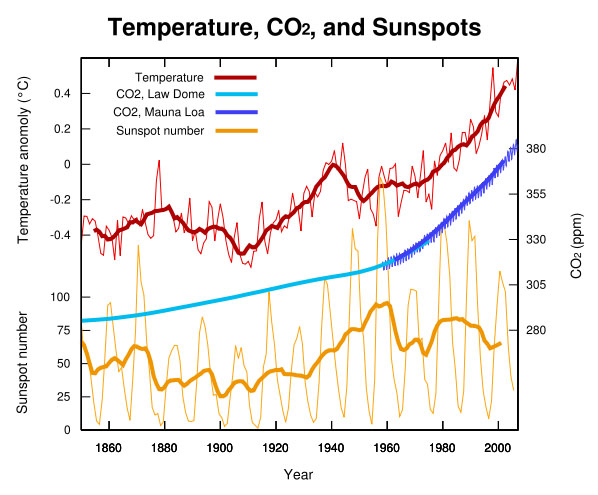
They call this a consensus?
Click to go to source article
In a November, 2006, survey of its members, it found that only 59% think human activities are largely responsible for the warming that has occurred, and only 39% make their priority the curbing of carbon emissions.
CO2 - Air Pollution
A level head is only as good as an open mind



CO2 has not been proven to cause global warming
it is only a theory
Wikipedia - Scientists who oppose mainstream belief that CO2 is the cause of global warming

Click to go to
PROS
CONS
Global Warming Theories
How do the theories Compare?

The Theory
Greenhouse gases create a natural greenhouse effect, without which mean temperatures on Earth would be an estimated 30 °C (54 °F) lower so that Earth would be uninhabitable.[13] Thus scientists do not "believe in" or "oppose" the greenhouse effect as such; rather, the debate concerns the net effect of the addition of greenhouse gases, while allowing for associated positive and negative feedback mechanisms.
On Earth, the major natural greenhouse gases are water vapor, which causes about 36–70% of the greenhouse effect (not including clouds); carbon dioxide (CO2), which causes 9–26%; methane (CH4), which causes 4–9%; and ozone, which causes 3–7%. The atmospheric concentrations of CO2 and CH4 have increased by 31% and 149% respectively above pre-industrial levels since 1750. These levels are considerably higher than at any time during the last 650,000 years, the period for which reliable data has been extracted from ice cores. From less direct geological evidence it is believed that CO2 values this high were last attained 20 million years ago.[14] "About three-quarters of the anthropogenic [man-made] emissions of CO2 to the atmosphere during the past 20 years are due to fossil fuel burning. The rest of the anthropogenic emissions are predominantly due to land-use change, especially deforestation."[15]
The present atmospheric concentration of CO2 is about 383 parts per million (ppm) by volume.[16] Future CO2 levels are expected to rise due to ongoing burning of fossil fuels and land-use change. The rate of rise will depend on uncertain economic, sociological, technological, natural developments, but may be ultimately limited by the availability of fossil fuels. The IPCC Special Report on Emissions Scenarios gives a wide range of future CO2 scenarios, ranging from 541 to 970 ppm by the year 2100.[17] Fossil fuel reserves are sufficient to reach this level and continue emissions past 2100, if coal, tar sands or methane clathrates are extensively used.[18]
Positive feedback effects such as the expected release of CH4 from the melting of permafrost peat bogs in Siberia (possibly up to 70,000 million tonnes) may lead to significant additional sources of greenhouse gas emissions[19] not included in climate models cited by the IPCC.[1]
http://en.wikipedia.org/wiki/Global_warming
Click for more
David Evans worked for the Australian Government for 6 years building CO2 climate models before the evidence supporting CO2 fell away and he became a skeptic. See what he has to say! Click & go

